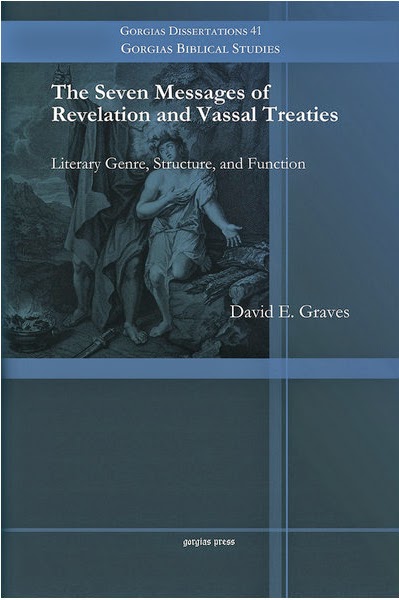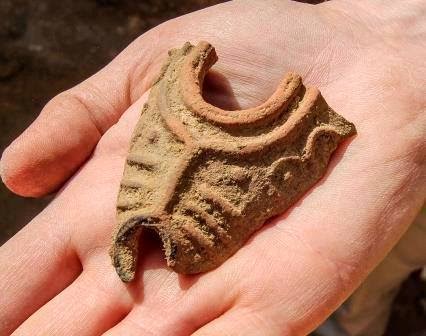Fact 1: Few biblical sites have ever been identified using an inscription. I sometimes hear that "there is no inscriptional evidence to support the case"1. that Tall el-Hammam is Sodom. Of all the biblical cities on your Bible maps only Dan, Gezer, Gibeon, Hazor, Hebron, Shiloh, and Jerusalem have a secondary inscription identifying their location.2. Collins points out “only one identified biblical site – Ekron – has such an identifying, in situ, in-period, unquestioned inscription naming the city.”3. Collins further identifies what he means by this:
For Old Testament sites, a primary inscription is one found in situ in a sealed archaeological context [locus], specifically providing the name of the site in question. Further, the inscription must date from the Old Testament period, i.e., either the Bronze Age or Iron Age. It must also be unquestionable as to translation.4.Not even Jerusalem has a primary inscription but obviously we do not dispute its location. Usually scholars use geographic indicators to identify a cities location (i.e., by this river, by this mountain, near this city, etc.). Collins is quoted stating:
Well, to start with, the Tall el-Hammam site has 25 geographical indicators that align it with the description in Genesis. Compare this with something well known—like Jerusalem—that has only 16. Other sites have only 5 or 6. So, this site has many times more indicators than any other Old Testament site. That is truly amazing.5.Collins further describes his methodology:
One chronological criterion is always included based on a face-value assessment of the biblical chronology. One criterion is assigned for each general archaeological period during which a city/town is said to have been occupied according to the biblical text. For example, if a site is included in the Joshua narrative (Late Bronze Age), one geo-criterion is assigned. If the same site is mentioned during the reign of Solomon (Iron 2), another geo-criterion is assigned. Further, if it is specifically stated or implied that a site was unoccupied during a given archaeological period, another geo-criterion is assigned.6.The Biblical Archaeology Review notes that the city of
Gezer was the first biblical city to be identified by an [secondary] inscription found at the site… In 1873, the great French scholar Clermont-Ganneau found a boundary inscription dating from the Herodian period which reads in Hebrew script, ‘boundary of Gezer.’” 7.Thus, proper use of geographical indicators rather than waiting for an inscription appears to be the better approach and in fact the common approach for identifying a site. The biblical text which provides the geographical clues is most always the method used to locate a site mentioned in the Bible. The odds of an inscription appearing which will absolutely identify a site is like winning the lottery. The method relied on by all scholars is to use the geography of ancient texts to locate the site. This was the method used by Heinrich Schliemann who used the text of Homer's Illiad to locate ancient Troy.8. Surely we can use the text of the Bible to locate biblical sites such as Sodom.
2. Steven Collins, and Latayne C. Scott. Discovering the City of Sodom: The Fascinating, True Account of the Discovery of the Old Testament’s Most Infamous City (New York, N.Y.: Simon & Schuster, 2013), 273-96.
3. Collins, and Scott. Discovering the City of Sodom,142.
4. Ibid, 277.
5. Brian Nixon, “Sodom Found? The Quest For The Lost City Of Destruction -- Part 3,” ASSIST News Service, June 16, 2009. See also Collins, and Scott. Discovering the City of Sodom, 278-96.
6. Collins, and Scott. Discovering the City of Sodom, 296.
7. Hershel Shanks, “The Sad Case of Tell Gezer,” Biblical Archaeology Review 9, no. 4 (1983): 30-42.
8. Susan Heuck Allen, Finding the Walls of Troy: Frank Calvert and Heinrich Schliemann at Hisarlik (Berkeley, Calf.: University of California Press, 1999), 1.













